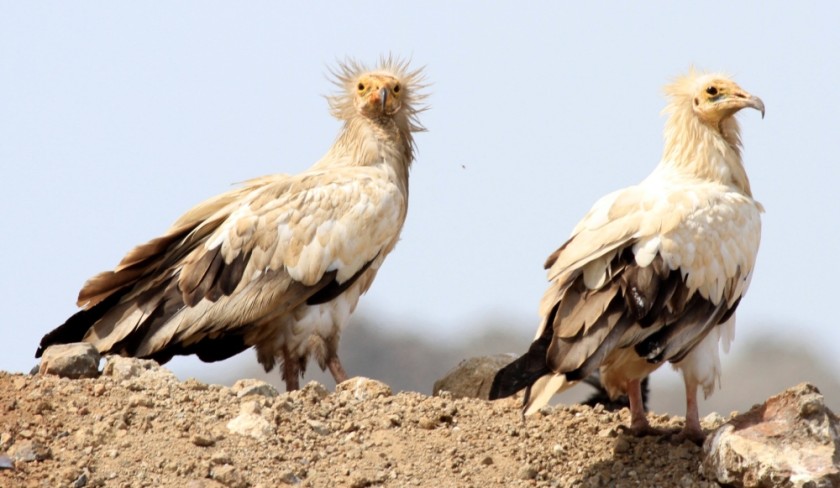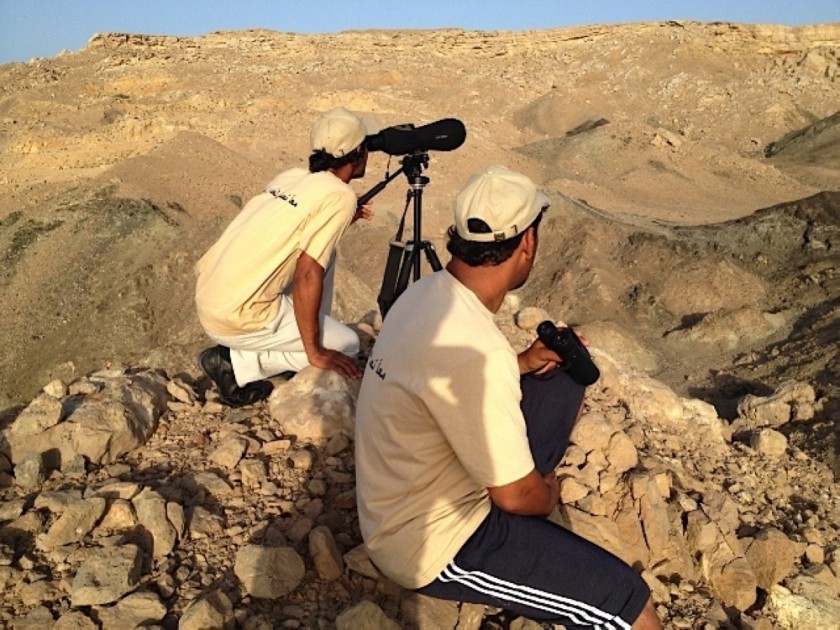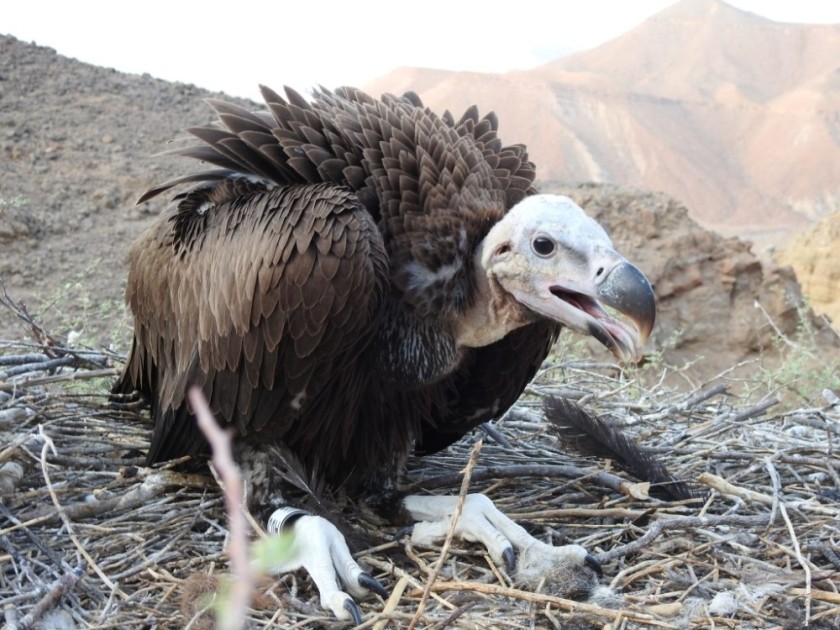

Imagine standing on the edge of a sun-drenched cliff in Oman, where the rugged terrain meets the endless blue of the Arabian Sea. As you gaze upwards, a magnificent Steppe Eagle soars effortlessly on thermals, a symbol of nature's raw beauty and resilience.
This isn’t just a picturesque scene; it epitomises what makes Oman uniquely special as a sanctuary for raptors. Over 39 species of these incredible birds call this vibrant country home, from the endangered Egyptian Vulture to the striking Lappet-faced Vulture. As the world faces an ecological crisis, Oman emerges as a critical player in global conservation efforts, safeguarding species vital to our planet’s health.
Raptors, or birds of prey, are more than just awe-inspiring creatures; they are essential players in Earth's ecosystems. Think of them as nature’s guardians, regulating prey populations and maintaining the balance of the food chain. Their presence is a sign of environmental robustness. In Oman, raptors are woven into the very fabric of cultural heritage, especially falcons, which command respect and admiration as symbols of strength and tradition.

However, this harmony is at risk. Globally, raptors are under siege, battling against habitat loss, climate change, and human interference. In Oman, the situation mirrors these global challenges. Rapid urban expansion and agriculture threaten the natural habitats where these majestic birds thrive. Illegal hunting persists, particularly affecting the falcon population, while issues such as electrocution from power lines and pesticide poisoning exacerbate their plight.
Oman’s diverse landscapes play host to an impressive range of raptors. From the sleek Peregrine Falcon to the graceful Osprey, each species brings its own charm to the skies. The Egyptian Vulture, with its striking appearance and vital role in the ecosystem, serves as a poignant reminder of the urgency of conservation efforts. Local enthusiasts and researchers have documented countless encounters with these birds, inspiring a growing community dedicated to their protection.

Heroes in Conservation: Oman's Bold Steps
Despite the challenges, hope shines through the efforts being made to conserve Oman’s raptors. Since the early 1970s, local birdwatchers have taken a keen interest in observing these birds, leading to the establishment of the Oman Bird List, which documents over 531 species. Recent research efforts have focused on threatened species, including the Sooty Falcon (Falco concolor) and the Egyptian Vulture (Neophron percnopterus). An eight-year study led by the Office for Conservation of the Environment has yielded valuable insights into the breeding territories and threats faced by these species. Their team has fitted satellite trackers to juvenile vultures, revealing fascinating insights into their migratory journeys. Imagine knowing precisely where these majestic birds go and how they adapt to changing environments!
In a previous interview, Dr Fatima al Mansoori, a wildlife biologist at ESO, remarked, “Understanding the migration patterns and populations of these raptors is crucial. We’ve tracked 17 Egyptian Vultures around Muscat, revealing a much larger resident population than previously expected.” This groundbreaking research has been made possible through partnerships with local and international organisations, including the Omani Environment Authority and the Bernd Meyburg Foundation for Raptor Research and Conservation.

“We’re making progress, but there’s still much work to do,” noted Dr Al-Mansoori. “Implementing community-driven initiatives and flyway conservation strategies will be essential to ensure the survival of these magnificent species.” Government initiatives have also turned the tide, notably with the 2020 ban on diclofenac—a harmful drug for vultures and eagles. This proactive move is a clear indication that Oman is taking significant steps towards raptor preservation.
Community engagement is at the heart of these conservation projects. The launch of the bilingual "Raptors of Oman" booklet is a testament to this commitment, bridging knowledge gaps and inspiring the younger generation to appreciate and protect these magnificent birds. ESO's educational outreach rests on the belief that informed communities are empowered communities.
The conservation of raptors in Oman is an essential part of maintaining biodiversity and ecological health. Continued cooperation between local and international entities will be necessary to enhance conservation strategies and raise public awareness regarding the significance of raptors in the ecosystem.

Oman Observer is now on the WhatsApp channel. Click here



